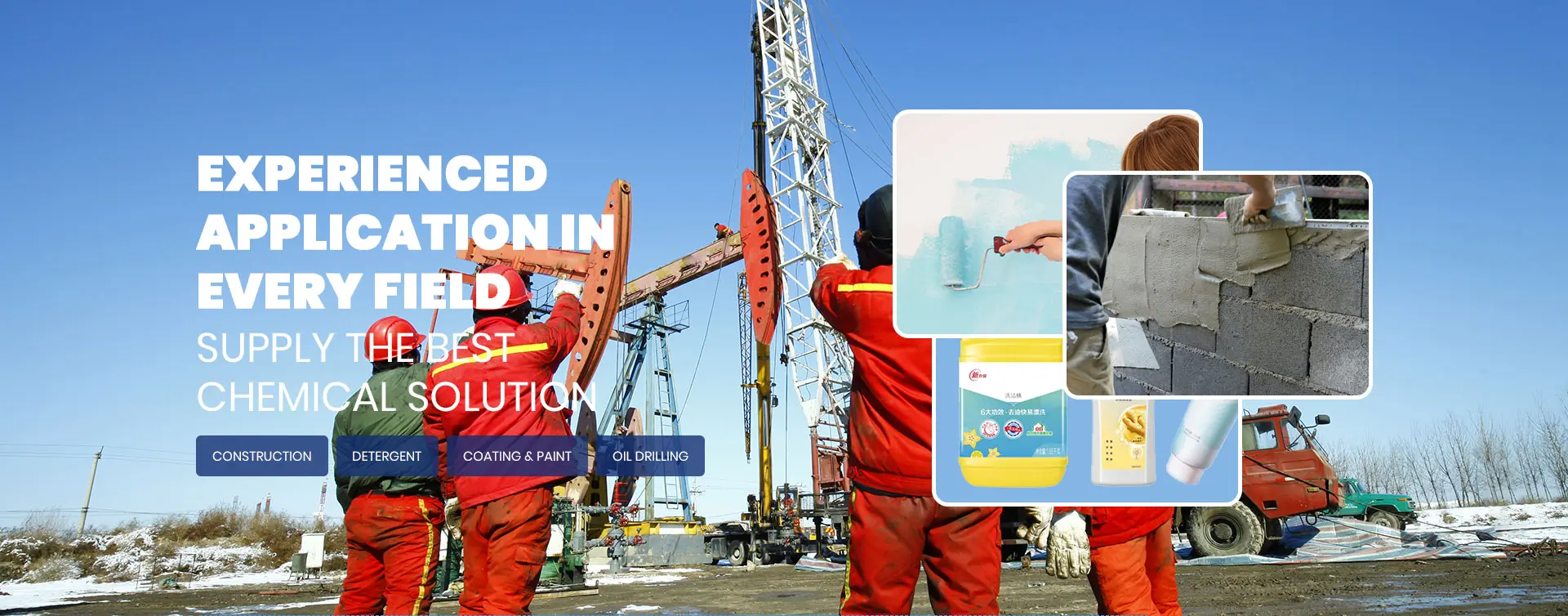
Dec . 06, 2024 21:55 Back to list
hpmc for construction
HPMC for Construction Enhancing Building Materials
Hydroxypropyl Methylcellulose (HPMC) is a versatile and widely used polymer in the construction industry. This water-soluble cellulose ether has garnered significant attention due to its exceptional properties, making it an ideal additive for various building materials. In this article, we delve into the benefits and applications of HPMC in construction, its role in improving material performance, and its contribution to sustainable practices.
What is HPMC?
HPMC is derived from cellulose, which is a natural polymer found in plant cell walls. The modification process involves the substitution of hydroxyl groups in cellulose with hydroxypropyl and methyl groups. The resulting product is a white powder that dissolves easily in water, forming a clear, viscous solution. HPMC's unique chemical structure allows it to impart various beneficial properties to construction materials.
Key Benefits of HPMC in Construction
1. Water Retention One of the most significant advantages of HPMC is its ability to retain water. This property is crucial for several construction applications, including tile adhesives, mortars, and plaster. By retaining moisture, HPMC ensures that these mixtures remain workable for a more extended period, allowing for easy application and a better finish. This characteristic also helps in preventing premature drying, which can lead to cracking and reduced adhesion.
2. Improved Workability HPMC significantly enhances the workability of construction materials. It allows for smoother mixing and application, reducing the effort required during the installation process. The improved flow properties also enable the materials to fill gaps more effectively, resulting in a more uniform distribution.
3. Increased Adhesion In applications such as tile adhesives, HPMC enhances the bond strength between surfaces. This feature is particularly important in flooring and wall installations, where a strong adhesive is necessary to ensure longevity and durability.
4. Enhanced Flexibility and Plasticity HPMC modifies the mechanical properties of construction materials, providing them with increased flexibility and plasticity. This is especially advantageous in environments with temperature fluctuations, where materials may expand or contract. The flexibility offered by HPMC helps absorb stresses, reducing the likelihood of cracking.
hpmc for construction

5. Thickening Agent HPMC acts as an effective thickening agent, which can improve the viscosity of construction mixtures. This can prevent segregation of components and create a more homogeneous product, ensuring consistent performance.
Applications of HPMC in Construction
HPMC is utilized in various construction applications. It is commonly found in tile adhesives, wall putties, cement-based mortars, joint compounds, and stucco. Each application leverages the unique properties of HPMC to enhance the overall performance of the material.
1. Tile Adhesives HPMC is a key component in tile adhesives, where it ensures proper adhesion and workability. The improved water retention helps to maintain moisture levels, promoting better curing of the adhesive.
2. Cement-Based Mortars In mortars, HPMC aids in achieving the ideal consistency and enhances the bond strength with both the substrate and tiles. The flexibility imparted by HPMC contributes to the durability of the mortar.
3. Plasters and Putty HPMC enhances the spreadability and finish of plasters and putty, making the application more efficient and less labor-intensive.
Conclusion
The use of Hydroxypropyl Methylcellulose (HPMC) in the construction industry represents a significant advancement in building material technology. By providing improved water retention, enhanced workability, increased adhesion, and flexibility, HPMC plays a critical role in ensuring the durability and performance of construction materials. As the industry moves toward more sustainable practices, HPMC also offers a reliable solution for creating high-performing materials that meet the demands of modern construction while supporting environmental goals. With ongoing research and development, the potential applications of HPMC in construction are likely to expand, further solidifying its importance in the field.
-
Versatile Hpmc Uses in Different Industries
NewsJun.19,2025
-
Redispersible Powder's Role in Enhancing Durability of Construction Products
NewsJun.19,2025
-
Hydroxyethyl Cellulose Applications Driving Green Industrial Processes
NewsJun.19,2025
-
Exploring Different Redispersible Polymer Powder
NewsJun.19,2025
-
Choosing the Right Mortar Bonding Agent
NewsJun.19,2025
-
Applications and Significance of China Hpmc in Modern Industries
NewsJun.19,2025







